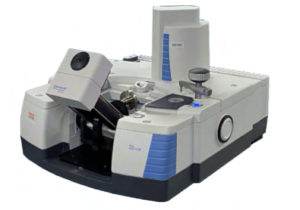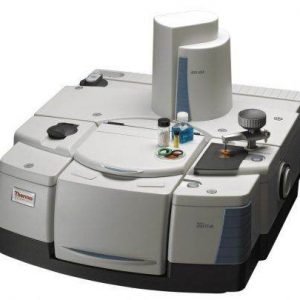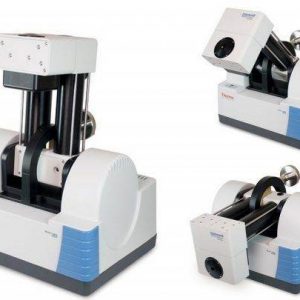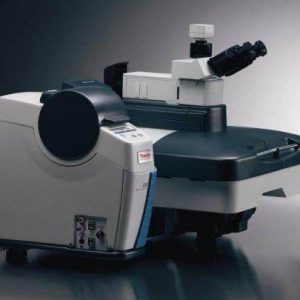- Application description
- FT-IR spectroscopy
- Raman spectroscopy
The analysis of works of art and cultural heritage objects is important for many reasons. Whether to determine the time of creation, to detect counterfeits, to study the development of historical production technologies or so that the work can be repaired correctly and with quality. Determining the chemical composition is also crucial because some pigments can be unstable in the light, and so, for example, unsuitable lighting can cause irreversible damage to the work of art.

FT-IR spectroscopy and microscopy is a reliable, traditionally used method of analysis of colors, pigments and binders of works of art. It offers various sampling techniques: the most common are transmission measurements and the attenuated total reflection (ATR) method. The former requires a thin layer of sample, so it is often necessary to remove a part from the measured object or compress it to a thickness in the range of 5 – 30 µm. The ATR technique requires very good contact between the sample and the diamond, and logically, these methods are not non-invasive.
If it is not possible or appropriate to take a sample of the test substance, it then seems ideal to use FT-IR reflectance, in which the reflected radiation is analyzed. An external ConservatIR attachment can be used for this, which not only enables contactless analysis, but also minimizes the need to place the sample on a microscope stage or in a standard sample space.





